Many cities around the world are facing a congestion crisis – and where governments and local authorities have seen fit to curb emissions from CO2-belching tailpipes, the humble automobile is slowly being phased out of many urban areas.
Although the microcar is nothing new (the petrol-powered Peel P50 was launched in the early 1960s), it is experiencing something of a renaissance thanks to those traffic and pollution problems. Plus, because battery and electric motor technology is now seen as the 'cleaner and greener' option, most modern models have gone electric.
Renault arguably pioneered the genre with its funky Twizy, which was once the top-selling plug-in vehicle in Europe before it was phased out, while Citroen recently rekindled the microcar flame with its Ami, which remains one of the cheapest electric cars money can buy.
"In terms of mobility, we need to start thinking about how we are moving. If we think about the (modern) cars and how big and heavy they have got, this is absolutely the wrong direction. We need to be more sustainable and cars need to become smaller," co-founder of Microlino, Merlin Ouboter, told The Fully Charged Show.
Merlin isn’t wrong, as it is not uncommon for a modern electric SUV to weigh in at the three-tonne mark, while the physical footprint of today’s vehicles has ballooned to fit with customers’ action-packed lifestyles and to accommodate the large – and often very heavy – battery packs. This simply doesn’t work when parking spaces are at a premium. Enter the microcar.
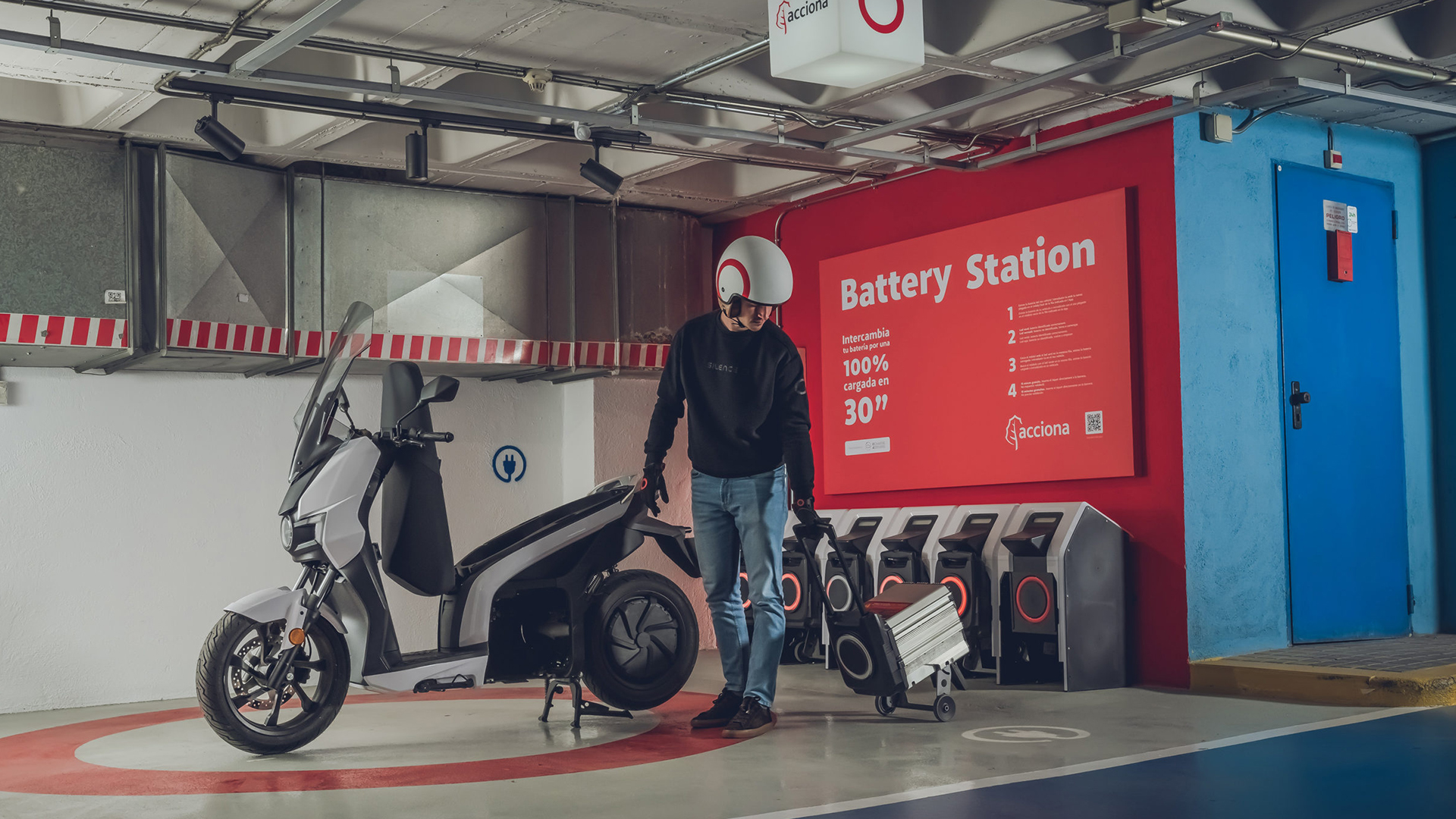
"In many cities in Spain, it is just not practical to try and drive and park a car, which is why we see such a high concentration of scooters and motorcycles," Pablo Barrios, business development manager at EV and mobility company Silence, told me at this year’s Geneva Motor Show.
"But we also know there is demand for something that is enclosed from the weather, features creature comforts, such as air conditioning, and has storage for shopping, which is why we developed our S04 Nanocar model. It is rapidly gaining popularity throughout Europe and is often the quickest and easiest way to get around town," he added.
Even in the US, where larger than life automobiles loom large over the landscape, microcars have started to gain traction, not least the $11,900 neighborhood electric vehicle (NEV) from start-up Eli, which now offers its Zero model in both Europe and the in the US.
With that in mind, here are some of the key players and emerging names to look out for in the microcar space…
Microlino and Microlino Lite
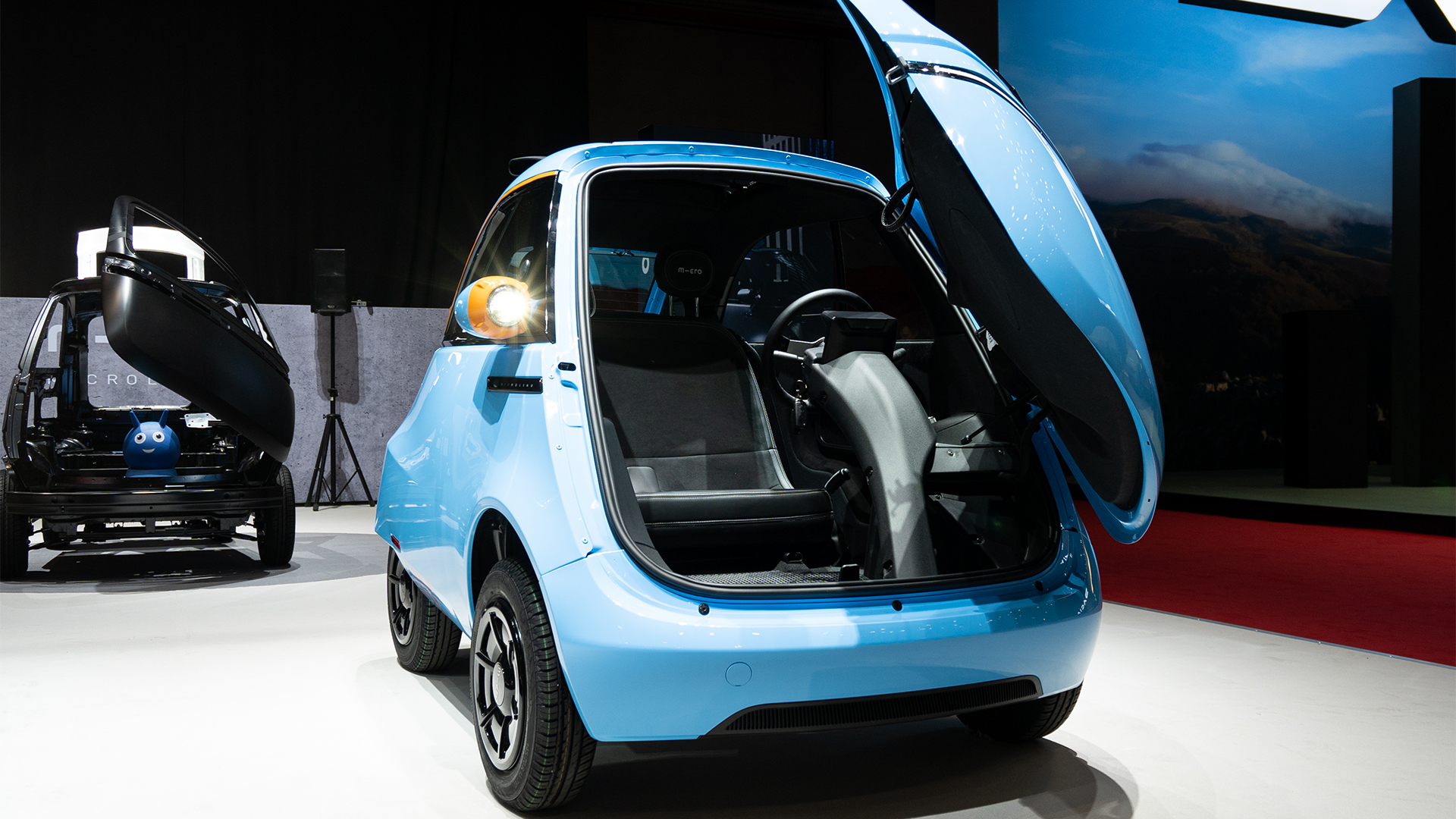
The Microlino is very much worth its place in this guide, not least because of its utterly adorable design.
The Swiss company behind the Micro scooter, which itself has been a craze that has swept the globe, set about designing a low-powered and equally low maintenance electric vehicle that even 14-year-olds can legally drive income markets.
It comes in two flavors, with the smallest taking inspiration from the famous Isetta Bubble Car of the 1950s. The Microlino Lite features the same front-opening 'fridge door' and three-wheel layout of its retro forebear, but this thoroughly modern version is powered by batteries and electric motors.
It weighs just 435kg, which means it can manage 62 miles on a single charge and topping up the batteries takes around two hours from a domestic socket. There's also a larger 11kWh battery option (the standard is 5.5kWh) that extends the range to 180km – or 112 miles – but this takes four hours to charge.
The larger, four-wheeled Microlino has space inside for two and has a max speed of around 55mph, making it more suitable for those longer journeys. Opt for the biggest battery packs and it can cover a staggering 114 miles on a single charge.
The Microlino is already in production and on sale in a bunch of European markets, with the US the next big target. It costs €21,990 (around £19,000 / $24,000 / AU$36,500), which is expensive, but the Lite version will be offered on a lease deal in its home town of Switzerland, rather than an outright purchase. Micro suggests monthly payments of CHF149, which is about €156 / £134 or $169 / AU$259.
Silence S04 Nanocar
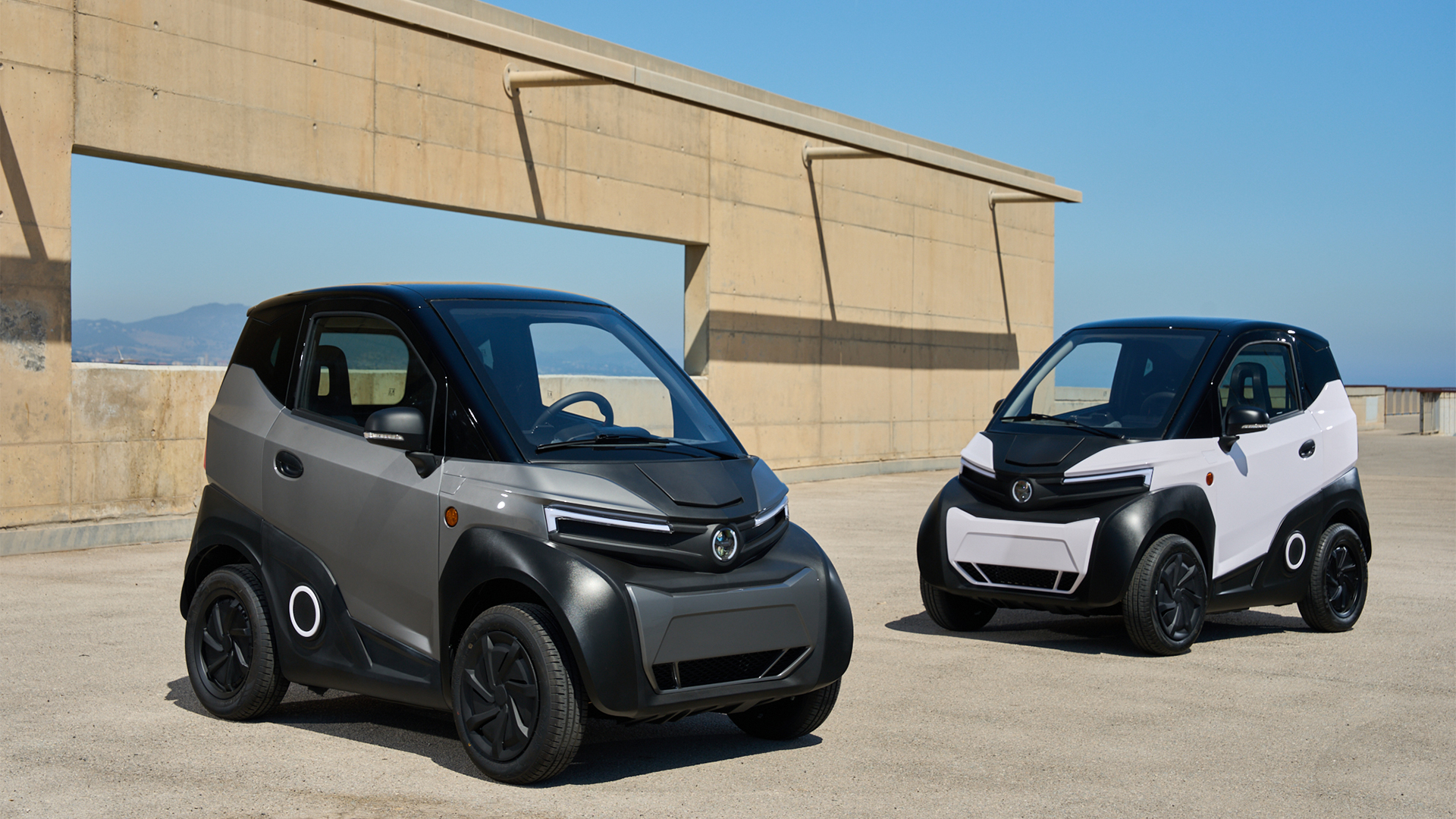
Proudly on display at this year’s Geneva Motor Show, the Silence S04 Nanocar has rapidly been popping in markets outside of its Spanish home country, gaining popularity for its clever battery design that also works with Silence’s range of electric scooters.
These large, cuboid packs (the Nanocar requires two) boast retractable wheels, which means they can easily be removed from the vehicle in questions and dragged to a plug socket, scooter or even on the many Silence battery swap centres with ease.
The S04 costs £15,995 (around $20,000 / AU$30,000) to buy outright, but Silence is another company touting a monthly rental fee or membership package. In Spain, it’s possible to sign up and get use of both the scooters and Nanocar for one convenient price. Alternatively, Silence allows customers to buy the vehicle and then lease the battery technology to keep the cost down.
As a mode of transport, the S04 Nanocar is capable of a top speed of 52mph, can manage around 92 miles on a single charge and packs USB chargers for smartphones, enough room for luggage and operates without a key, simply requiring a smartphone app to unlock.
Eli Zero
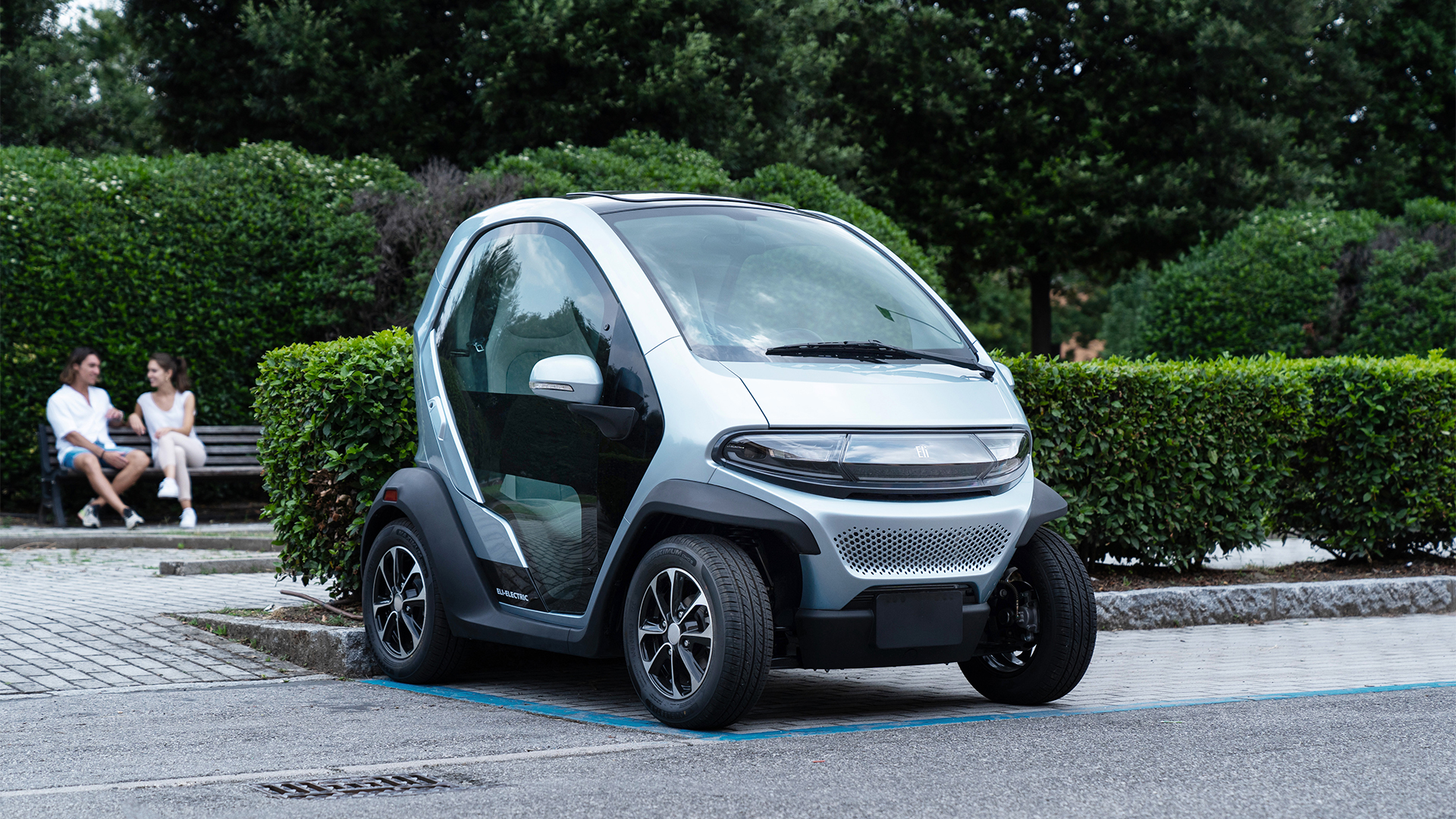
Offering a 60-mile range and top speeds of 25mph, the diminutive Eli Zero is designed to get from A-to-B with minimal fuss and replace those quick trips to town that a scooter or moped would have likely covered – albeit with better protection from the elements, air conditioning, power steering, a rear-view camera and even an optional head unit with Apple CarPlay and Android Auto functionality.
Reservations have already opened in the US, despite regulations making it difficult for the Microcar to thrive due to stringent crash safety legislation. As a result, it’s only legal to drive on roads with a 35mph speed limit, for example, hence the Neighborhood Electric Vehicle categorization.
However, that doesn’t stop Eli from throwing in Bluetooth-enabled speakers, comfortable seating for two, LED headlights and a neat keyless start system. It might look like a glorified golf cart, but it’s got more in common with proper passenger cars when it comes to equipment.
Eli says it has the capacity to produce around 4,000 Zero models per year, although it is yet to reveal how much interest it has garnered so far.
Birò
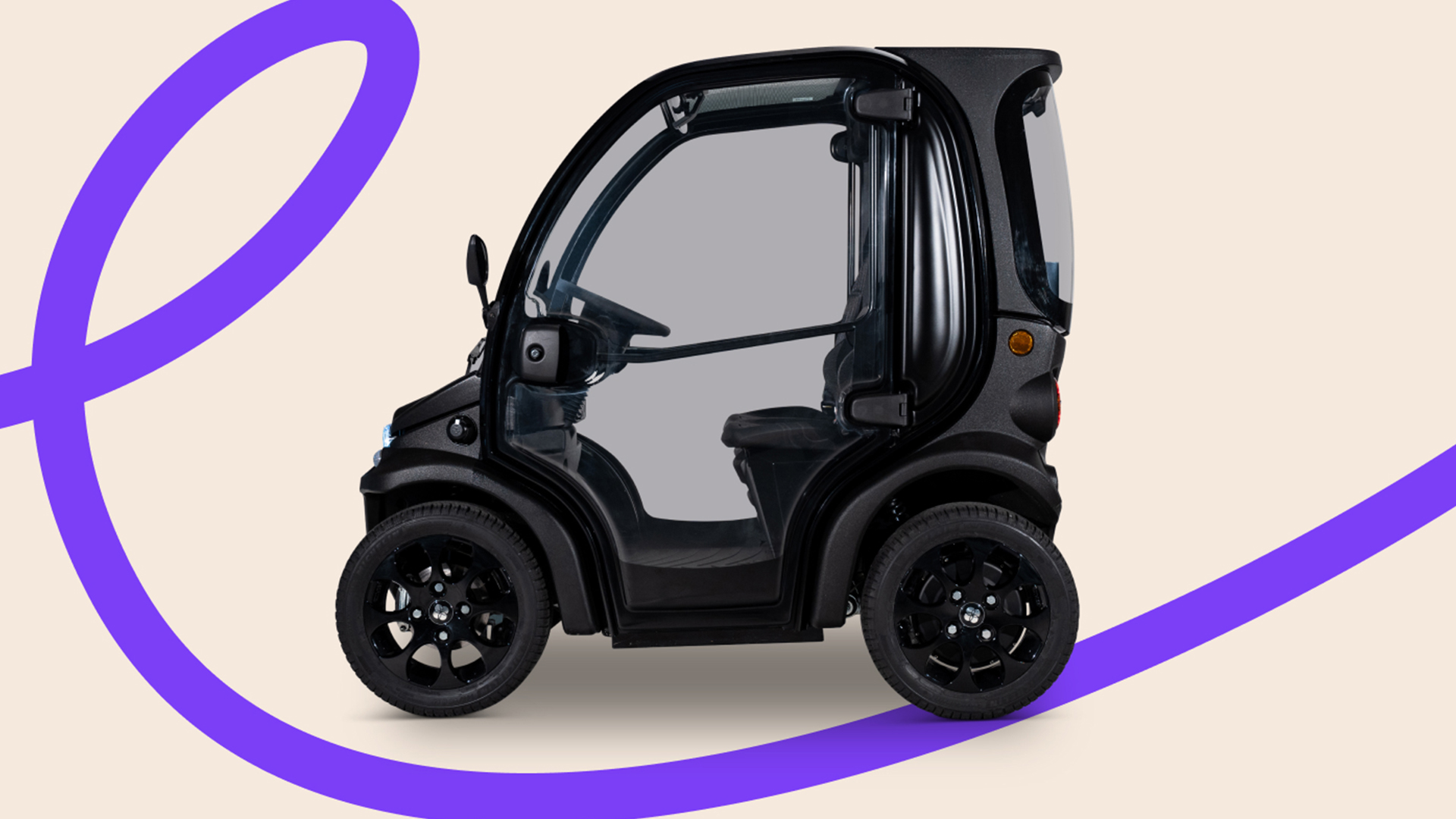
Hailing from Italy, Birò takes a similar approach to small personal transport as Silence, offering quick swap battery technology in its models and highly customizable mobility solutions that range from the cheapest and simplest ways to get moving, to those that can operate in colder climates and carry more cargo.
Birò wants you to think about its products like small capacity motorcycles, with similar performance to the 50cc and 125cc scooters currently on the market.
Top speeds range from around 28mph to 40mph, but they are priced from £11,350 (around $14,000 / AU$21,500), making them far cheaper than most of the EVs currently on sale.
In Italy, there's the option to join a membership scheme and gain access to a Birò when required, with the company offering them in 'Big' (two seats) or 'Small' (room for just one), as well as 'Naked' and 'Dressed' configurations.
Where the Microlino and Microlino Lite go big on retro design and disarmingly cute good looks, the Birò is altogether more utilitarian. Although it still offers heated windshields, a digital speedo and a smartphone holder.
You might also like
from TechRadar - All the latest technology news https://ift.tt/3rFwWis

0 coment�rios: